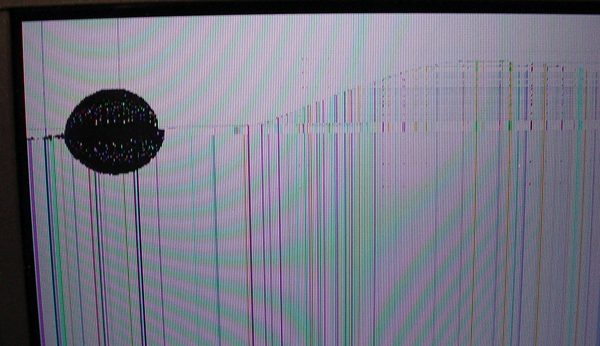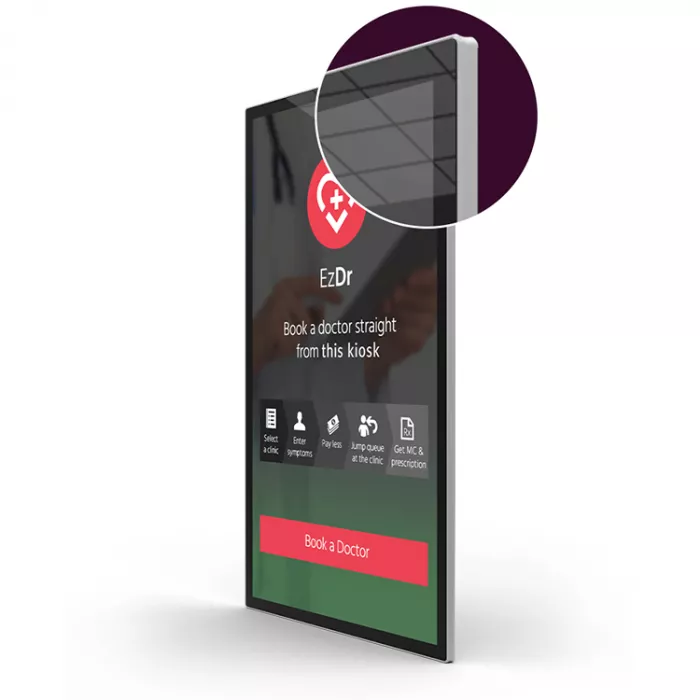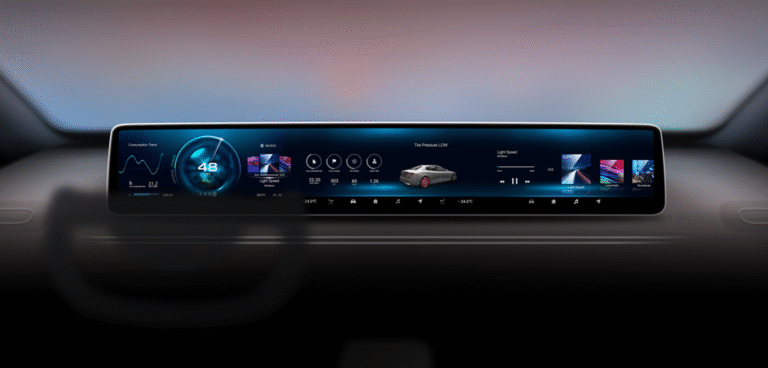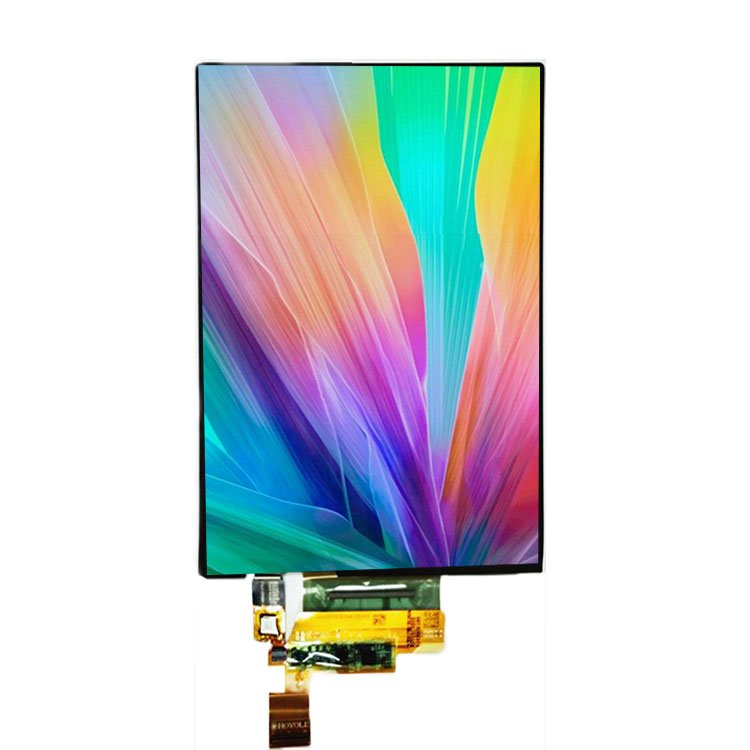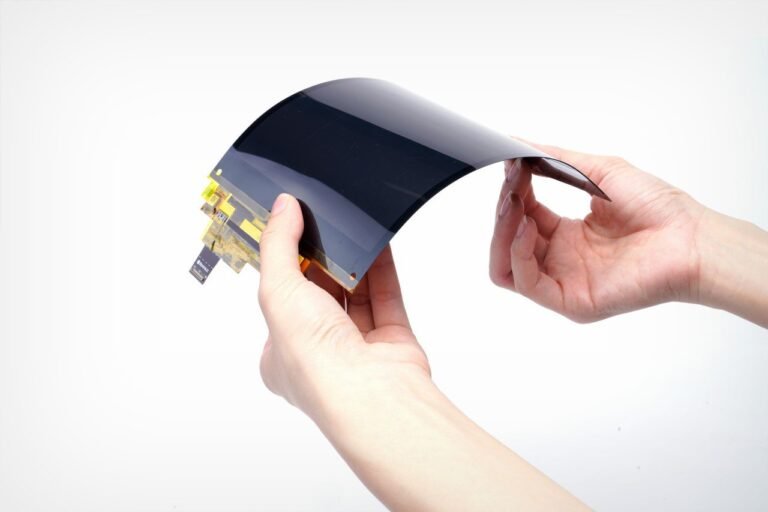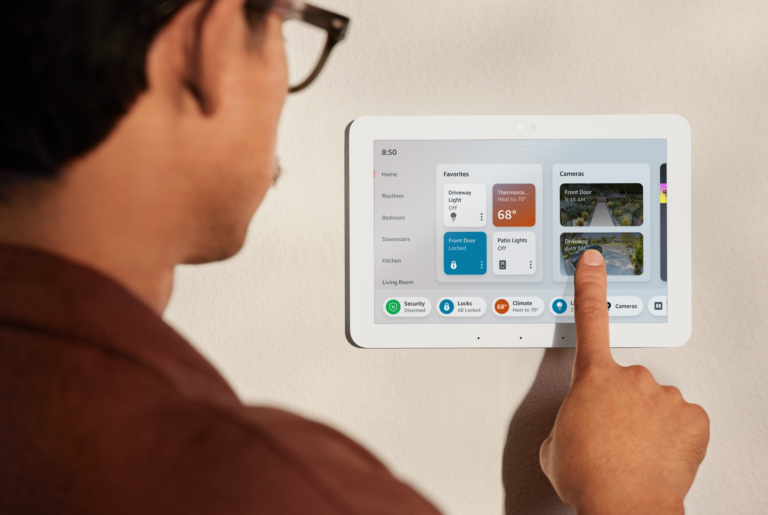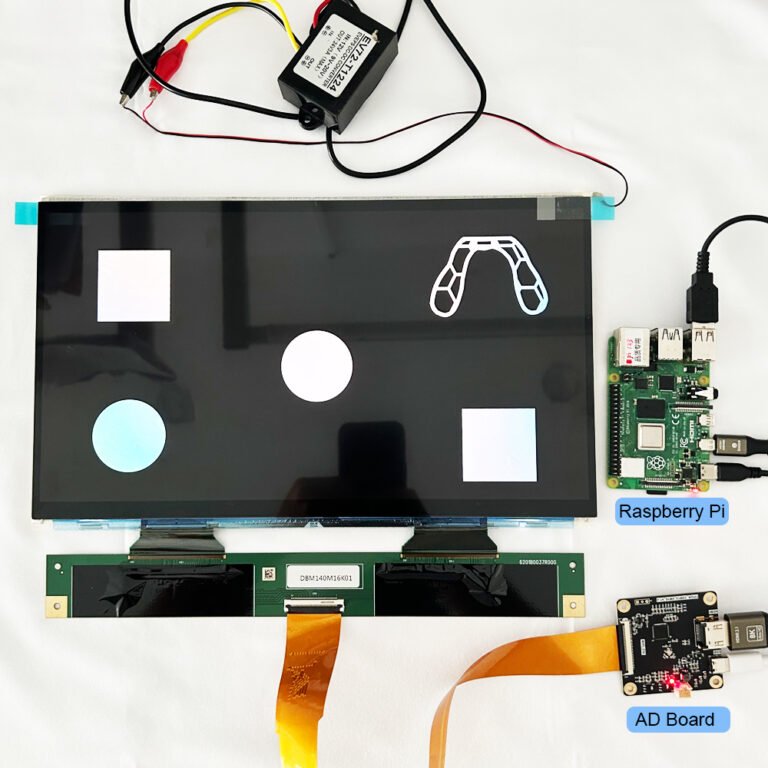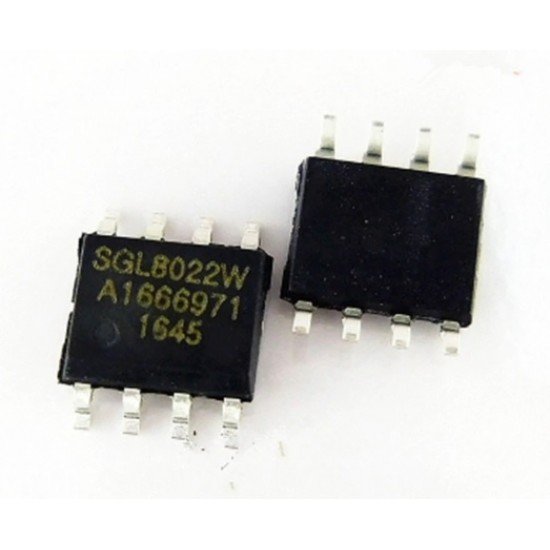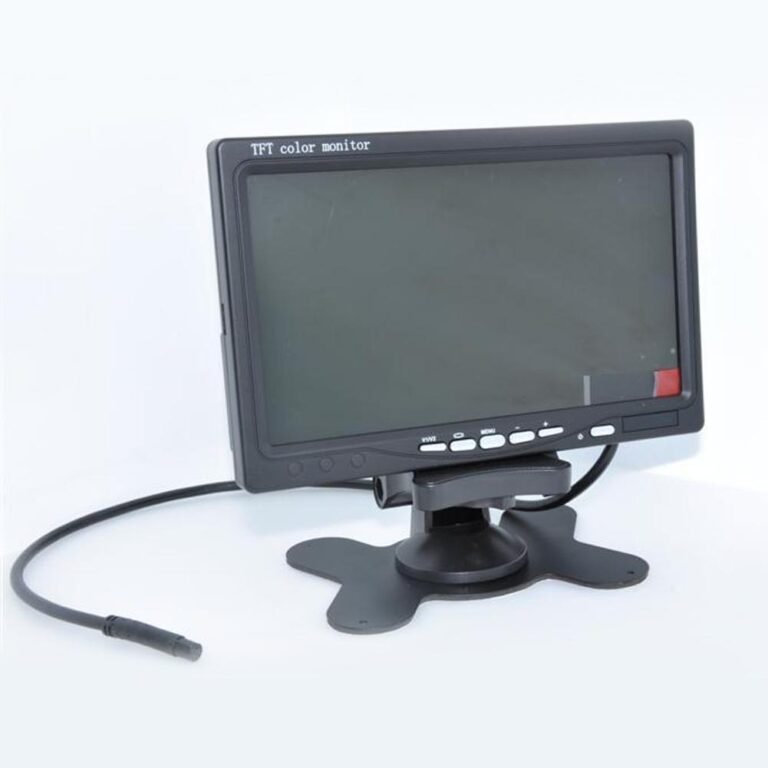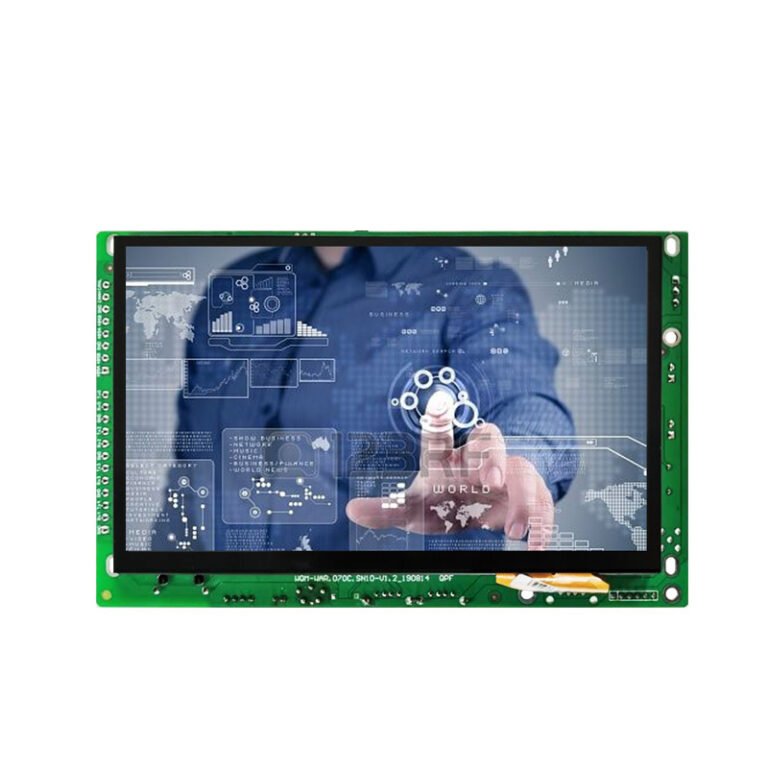LCD技術の基礎
LCDの動作原理は 液晶材料 が2枚のガラス層で挟み込まれ、バックライトと薄膜トランジスタ(TFT)によって制御される構造に基づく。電気信号が印加されると液晶分子が配向して光を変調し、画像を形成する。
主要構成要素:
- バックライト: 発光源(現在はLEDが主流)
- 偏光板: 光の方向を制御
- 液晶層: 光の透過を制御して画素を形成
- TFTアレイ: 各画素を個別に駆動
- ドライバーIC: 信号処理を管理
問題が LCDの問題 発生した場合、これらの重要要素のいずれかに関連していることが多い。
代表的なLCD障害
デッドピクセルとスタックピクセル
- 症状: 黒点(デッドピクセル)または常時発光する色点(スタックピクセル)
- 原因: サブピクセルの欠陥または電気的配向不良
- 対策:
- ピクセル修復ソフトウェアの使用
- 軽圧マッサージ法
- 重度の場合は画面ユニット交換
バックライト漏れと輝度ムラ
- 症状: 画面縁部からの光漏れ(暗背景で特に顕著)
- 原因: パネル組立精度不足またはLEDバックライトの配光不均一
- 対策:
- 輝度レベル調整
- ローカルダイミング機能の活用(対応機種の場合)
- 漏れが著しい場合はパネル交換
画面ちらつき
- 症状: リフレッシュ周期での明瞭な閃光
- 原因: 駆動IC不良、電源不安定、低リフレッシュレート
- 対策:
- 表示ドライバ/ファームウェア更新
- 電源入力の確認と安定化
- 不良駆動部品の交換
残像とゴースト
- 症状: 表示内容変更後も前画像が微かに残存
- 原因: 液晶応答速度の遅延または長時間静止表示
- 対策:
- スクリーンセーバー活用
- 動画コンテンツでの表示循環
- 重要用途では高リフレッシュレートパネル採用
破損LCDパネル
- 症状: 可視割れ、黒斑、画像歪み
- 原因: 物理的衝撃、曲げ応力、製造欠陥
- 対策:
- 画面ユニット交換が唯一の恒久対策
- 保護ケースと強化ガラスによる予防推奨
色調異常
- 症状: 画像の過度な暖色/寒色偏移または変色
- 原因: 液晶配向不良、偏光板損傷、GPU出力問題
- 対策:
- ソフトウェアツールを用いた表示キャリブレーション
- GPU/ドライバ設定確認
- ハードウェア要因の場合は偏光板交換
タッチスクリーン機能障害(タッチ対応LCDの場合)
- 症状: タッチ入力の無反応または動作不安定
- 原因: デジタイザー損傷、接続不良、ソフトウェア不具合
- 対策:
- タッチスクリーン再キャリブレーション
- リボンケーブルの再挿入
- 必要に応じデジタイザーモジュール交換
LCD問題の診断手法
修理前の正確な原因究明が不可欠。技術者は通常下記手順に従う:
- 外観検査 – 亀裂、変色、または液漏れがないか確認する。
- ソフトウェアテスト – 診断アプリを使用してデッド/スタックピクセルを特定する。
- ハードウェアテスト – 電源装置、ケーブル、コネクタを確認する。
- ドライバチェック – 最新のドライバとファームウェアがインストールされていることを確認する。
- コンポーネントの分離 – 部品(ケーブル、バックライトドライバなど)を交換し、障害を特定する。
LCD問題に対する予防措置
- 焼き付きを軽減するため、 長時間の静止画表示を避ける。
- 安全な動作温度範囲内でデバイスを保管する。
- 物理的損傷を最小限に抑えるため、 スクリーンプロテクターとケースを使用する。
- 正確な色再現のため、 定期的なキャリブレーションを実施する。
- ちらつきや電気的ストレスを防ぐため、 安定した電源供給を確保する。
産業用 vs 民生用LCDの問題点
| カテゴリー | 民生用デバイス | 産業用デバイス |
|---|---|---|
| 一般的な問題 | 亀裂、デッドピクセル、ゴースト | バックライトの劣化、タッチキャリブレーションのドリフト |
| 環境 | 屋内、穏やかな使用環境 | 過酷な環境(粉塵、振動、極端な温度) |
| 寿命 | 2~5年 | 堅牢な設計による7~10年以上 |
| メンテナンス | 修理は稀、交換が一般的 | 定期的なキャリブレーションと予防保守 |
産業用LCDは一般に、民生用パネルと比較して、 より高い耐久性、高度な密閉性(IP65/IP67)、長い寿命を備えて設計されている。
修理 vs 交換の判断基準
- 修理 する場合:問題が軽微な場合(スタックピクセル、キャリブレーション、ドライバの問題)。
- 交換 する場合:画面が物理的に破損している、バックライトが故障している、または修理費用が交換費用に近い場合。
ディスプレイに依存する事業(工場、キオスク、医療機器)では、故障したLCDを迅速に交換することが、 ダウンタイムと業務効率の低下.
を防ぐ。
LCD技術の将来と問題低減 LCDの問題 課題に以下のように対処している:
- 先進的なバックライト技術の採用 (均一な輝度のためのMini-LED)。 強度の高いガラスとコーティングによる強化。
- ちらつきと発熱を最小化するための電力効率の改善。 耐久性 産業用途向けの製品ライフサイクルサポートの拡大。
- LCDの問題は、単純なピクセル欠陥から重大なハードウェア障害まで多岐にわたる。ハードウェア、ソフトウェア、環境的な原因を理解することで、ユーザーとエンジニアは効果的な解決策と予防措置を講じることができる。 電力効率 消費者にとってこれは、デバイスの可用性を維持し寿命を延ばすことを意味する。企業にとっては、
- 業務の継続性とコスト効率 を確保することを意味する。代替となる表示技術が台頭しつつあるが、LCDは世界のディスプレイ市場の基盤であり続けており、LCDの問題をトラブルシューティングし解決する方法を知ることは必須のスキルである。 for industrial applications.
結論
アン LCDの問題 can range from simple pixel defects to major hardware failures. By understanding the root causes—whether hardware, software, or environmental—users and engineers can apply effective solutions and preventive measures.
For consumers, this means maintaining device usability and extending lifespan. For businesses, it ensures operational continuity and cost efficiency.
While alternative display technologies are gaining traction, LCD remains a cornerstone of the global display market, and knowing how to troubleshoot and resolve LCD issues remains an essential skill.


